When it comes to modern kitchen appliances, cooktops are a central piece of cooking equipment. Among the most popular options are induction and electric cooktops, both offering their own set of advantages and unique cooking experiences. But what exactly sets them apart, and how do you choose the right one for your kitchen? This article will explore the key differences between induction and electric cooktops, helping you understand which might be best suited to your cooking style and needs.

Induction Cooktop vs Electric Cooktop
Conventional electric cooktops cook with a series of heat-producing elements beneath the glass surface. When a burner is turned on, the element generates heat. That heat transfers first to the glass cooking surface above, and in turn, the glass surface heats your cookware. In contrast, induction cooktops don’t actually produce heat. Instead, they generate electric pulses that transfer directly into your cookware (which needs to be magnetic for the appliance to do its job). This causes the pan to get hot without the need for the glass surface to act as the “middleman.”
| Feature | Induction Cooktops | Electric Cooktops |
|---|
| Heat Transfer Efficiency | Uses electromagnetic energy to directly heat cookware, making it faster and more energy-efficient. Only the cookware gets hot, and the cooktop remains cool. | Heat is transferred from the element to the glass surface, then to the cookware. Less efficient due to two heat transfer steps. |
| Cookware Compatibility | Requires magnetic cookware (cast iron, some stainless steel). Non-magnetic cookware, like aluminum or copper, won't work unless it has a magnetic base. | Compatible with all types of cookware, including aluminum, copper, and ceramic. |
| Heat Control | Offers precise, instantaneous heat control. Adjustments are reflected quickly in the cookware temperature. | Slower to adjust to temperature changes due to the delayed response of the heating element. |
| Safety Features | The cooktop surface stays cool while the cookware heats up, reducing burn and fire risks. | The cooktop surface and elements remain hot even after turning off, increasing burn risk. |
| Cleaning | Easier to clean, as the cooktop stays cool and spills don’t burn onto the surface. | Requires more effort to clean, especially with spills on hot coils or glass surfaces. |
| Cost | Generally more expensive due to advanced technology but offers energy savings and quicker cooking times over time. | More affordable and widely available in various price ranges, making them suitable for budget-conscious consumers. |
How Does an Induction Cooktop Work?
Induction cooktops use electromagnetic energy to directly heat cookware, making them different from traditional electric cooktops. When a compatible pot or pan is placed on an induction burner, an electromagnetic field induces an electric current in the cookware, which then heats up. This method eliminates the need for traditional heating elements like coils, offering faster, more precise cooking.

Induction Cooktop Turns on Coils Without Pan
Induction cooktops do not turn on coils without a pan. This is one of the main differences between induction cooktops and traditional electric cooktops.
Why the Coils Don't Turn On
Magnetic Induction: The electromagnetic field generated by the cooktop requires the presence of a magnetic pan. Without a pan, the field doesn't have a medium to transfer the energy to, so no heat is produced.
Safety Feature: This ensures that the cooktop is not accidentally activated or wasted energy if a pan is not placed on it. It also prevents the surface from becoming unnecessarily hot, reducing the risk of burns or fire hazards.
In contrast, electric cooktops with coils or glass-ceramic surfaces will continue to heat the coils even if no pan is placed on them, since they work by heating the element itself.
So, to clarify: induction cooktops will not turn on or generate heat without a pan. This makes induction cooking both efficient and safer.
What Cookware Works with Induction Cooktops
Induction cooktops require cookware that is made from magnetic materials. This is because induction cooking relies on electromagnetic energy to directly heat the cookware, which only works if the pan is ferrous (magnetic). Such as Cast Iron, Magnetic Stainless Steel, Enamel-Coated Cast Iron, Carbon Steel, Aluminum (Non-magnetic and does not work unless it has a magnetic base added.), Copper (Copper is non-magnetic, though some copper cookware has a steel base that can make it compatible with induction cooktops.)
How to Test if Your Cookware is Induction-Compatible:
Magnet Test: Simply place a magnet at the bottom of your cookware. If the magnet sticks strongly, it’s induction-compatible. If it doesn't stick, the cookware won't work with an induction cooktop.
Can You Use Cast Iron on Induction Cooktop
Yes, as mentioned above, you can use cast iron on an induction cooktop. Cast iron is magnetic, which makes it compatible with induction cooking. It provides excellent heat retention and even cooking, though it is heavier than some other materials. Additionally, enameled cast iron works as well, offering the benefits of cast iron without the need for seasoning. Just make sure that the bottom of the cast iron cookware is flat to ensure good contact with the induction surface for efficient heating.
Can You Use Beyond Cookware Set Ok for Induction Cooktop
Yes, Beyond cookware sets, such as the Beyond Fry Pan, can be used on an induction cooktop.
The Beyond Fry Pan features an iron base, which is essential for compatibility with induction cooktops. Induction cooktops work by creating a magnetic field that heats up ferrous (magnetic) materials like iron and steel. Since the Beyond Fry Pan has an iron base, it can effectively work with induction cooktops, ensuring efficient and even cooking.
Additionally, the frying pan’s flat bottom contributes to even heat distribution, which is a key feature for induction cooking, as it helps prevent hot spots and provides a more uniform cooking experience.

However, it's important to note that the non-stick ceramic coating on the Beyond Fry Pan should not interfere with the induction process, as the primary function of induction heating is to directly heat the cookware through magnetic induction, not through direct contact with the cooktop surface.
Induction Cooktop vs Gas
When comparing induction cooktops and gas stoves, each has its unique set of advantages and disadvantages.
1. Heating Efficiency
Induction cooking is highly efficient because it heats the cookware directly through magnetic induction, rather than using a flame or heating element. This leads to faster heating times, reducing cooking time. Induction allows for precise temperature control, allowing you to make rapid adjustments without much delay.
Gas stoves rely on an open flame to heat the pan, which can be slower compared to induction. Heat is transferred to the cookware through convection and conduction, making it less efficient.
2. Energy Efficiency
Induction cooking is generally more energy-efficient than gas because it directly heats the pot or pan, minimizing heat loss. Around 85–90% of energy is used for cooking.
Gas stoves are less energy-efficient, as much of the heat is lost into the air. Only about 40-55% of the energy is used to heat the cookware.
3. Safety
Induction cooktops remain cool to the touch because the heat is generated in the cookware itself, not on the surface. This reduces the risk of burns and fires. Additionally, induction cooktops often feature automatic shut-off features if cookware is removed or if overheating occurs.
Gas stoves involve open flames, which can be a fire hazard, especially if there is a gas leak. Additionally, the cooktop surface can become very hot, increasing the risk of burns.
4. Environmental Impact
Induction cooktops are more energy-efficient, which can reduce your overall energy consumption and carbon footprint. They don’t produce emissions like gas cooktops.
Gas stoves burn fossil fuels, releasing carbon dioxide and other pollutants into the air. This can contribute to indoor air pollution and environmental concerns.
Power Usage of Induction Cooktop
Induction cooktops are known for their energy efficiency, with power usage varying depending on the model, number of burners, and cooking settings. Each induction burner typically consumes between 1,200 to 2,500 watts (1.2 to 2.5 kW), with low power settings (such as simmering) using around 1,200 to 1,500 watts, while high-heat cooking (like boiling water or searing) can use up to 2,000 to 2,500 watts per burner. One of the main advantages of induction cooking is its high efficiency, with about 85-90% of the power being directly transferred to the cookware, significantly outperforming gas (which uses only 40-55% of energy) and traditional electric cooking (which typically uses 70-80% efficiency).
The actual energy consumption depends on how long the cooktop is used and the cooking temperature. For example, boiling water usually takes around 5-10 minutes, consuming about 1.5 to 2.5 kWh of energy, while simmering for extended periods on low heat uses much less power, around 0.5 to 1 kWh per hour. If you use your induction cooktop for 1-2 hours per day with an average power consumption of 2,000 watts (2 kW), you could expect to consume about 730 kWh per year. Given the average electricity cost of $0.10 to $0.20 per kWh, the annual cost of running an induction cooktop would be around $109.50 for regular daily use.
How to Clean Induction Cooktop
Cleaning an induction cooktop is relatively easy, thanks to its smooth, flat surface and the fact that it doesn’t get as hot as traditional gas or electric cooktops. Here's a step-by-step guide to clean your induction cooktop effectively:
1. Turn Off and Cool Down
Before cleaning, turn off the induction cooktop and allow it to cool down completely to avoid burns. Induction cooktops heat the cookware directly, so the surface stays cooler, but it’s still important to be cautious.
2. Wipe Off Loose Debris
Use a dry cloth or paper towel to remove loose crumbs, food particles, or splatters on the surface. This prevents dirt from being smeared around during cleaning.
3. Clean with a Damp Cloth
Dampen a soft cloth or sponge with warm water and a small amount of mild dish soap. Wipe the cooktop gently to remove grease, oils, and any stubborn stains. Avoid using abrasive sponges or scrubbing pads, as they can scratch the surface.
4. Dry the Surface
Once the cooktop is clean, use a soft, dry cloth to buff the surface. This will help remove any remaining moisture and bring out the shine.
Ciarra Gadgets’ 1500W Donut Portable Induction Cooktop: A Standout in Performance
While the market offers many induction cooktops, not all are created equal. After rigorous testing, Ciarra Gadgets’ 1500W Donut Portable Induction Cooktop emerged as a leader due to its blend of style, practicality, and efficiency.
Heat Efficiency
Ciarra's portable induction cooktop features a wide temperature range from 140°F to 460°F, making it versatile for different cooking needs. Through our Flour Test, we assessed how quickly the cooktop heated up and how evenly it distributed heat. The cooktop was able to bring a gallon of water to a boil in just 16 minutes—faster than most others. It maintained consistent temperature during long simmering sessions with minimal fluctuation (less than 5°F).

Power Settings
With 8 power levels ranging from 200W to 1500W, the Ciarra portable induction cooktop offers precision control, allowing for excellent heat management. The Scrambled Egg Test and Seared Chicken Breast Test demonstrated how users could easily adjust power settings for delicate tasks like scrambling eggs or browning meat.
Ease of Use
The Ciarra cooktop features an intuitive user interface with responsive touch controls. A standout feature is the 4-hour timer with a safety lock, which allows users to set precise cooking times. The cooktop also automatically shuts off if a pan is removed for more than 60 seconds, ensuring safety.

Portability
Designed for ease of use, the Ciarra portable induction cooktop is compact and lightweight, making it ideal for storage and transportation. Its sleek, donut-style design fits in most kitchen spaces and is perfect for outdoor cooking or use in smaller kitchens.
Cleaning
Cleaning the Ciarra cooktop is straightforward. The smooth surface is easy to wipe clean, with no lingering grease or stains. A damp cloth is usually sufficient for quick cleaning.

Noise
While all induction cooktops generate some noise due to the fan used to cool the internal components, the Ciarra model stands out for being quieter than most. The fan shuts off immediately after cooking, unlike other models that keep the fan running even after use.
Certifications
Ciarra portable induction cooktops are ETL and FCC certified, meaning they meet strict safety and electromagnetic compatibility standards. With these certifications, users can feel confident in the quality and performance of the product.
Who Should Get an Induction Cooktop?
Induction cooktops are ideal for those who:
Want to cook faster and more efficiently.
Are prone to burning food due to slower heat response times on electric cooktops.
Appreciate safety features that reduce the risk of burns or fire hazards.
Value easy cleanup and low-maintenance cooking tools.
Conclusion
Both induction and electric cooktops have their own set of advantages, making them suitable for different types of cooks and kitchens. Induction cooktops offer fast, efficient, and precise cooking with enhanced safety features, though they require specific cookware and come with a higher price tag. Electric cooktops, on the other hand, are more affordable, easier to install, and compatible with all types of cookware, but they are slower and less efficient than induction models.
Ultimately, the best cooktop for you depends on your cooking habits, budget, and preferences for speed, energy efficiency, and ease of use.
You may also be interested in:

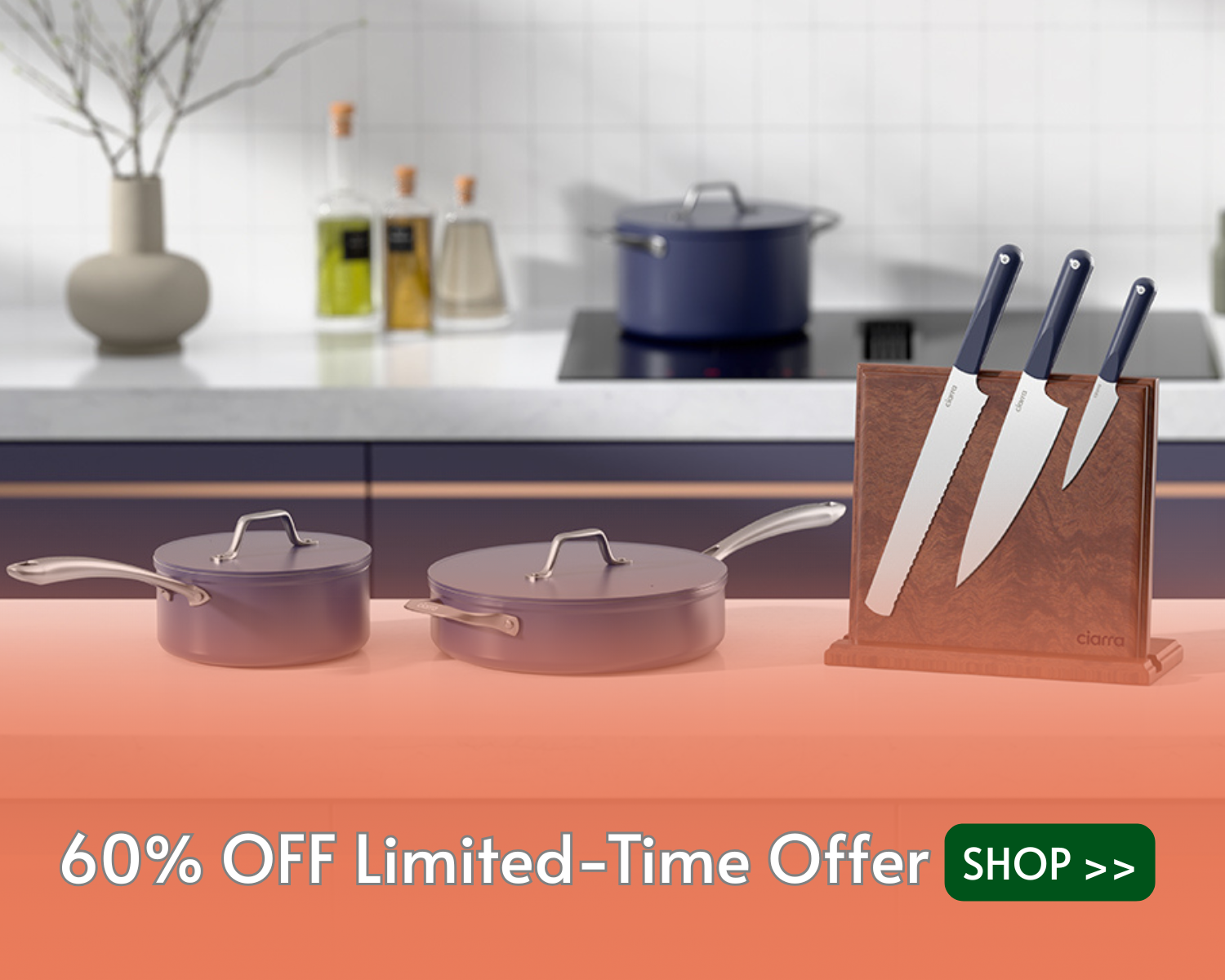

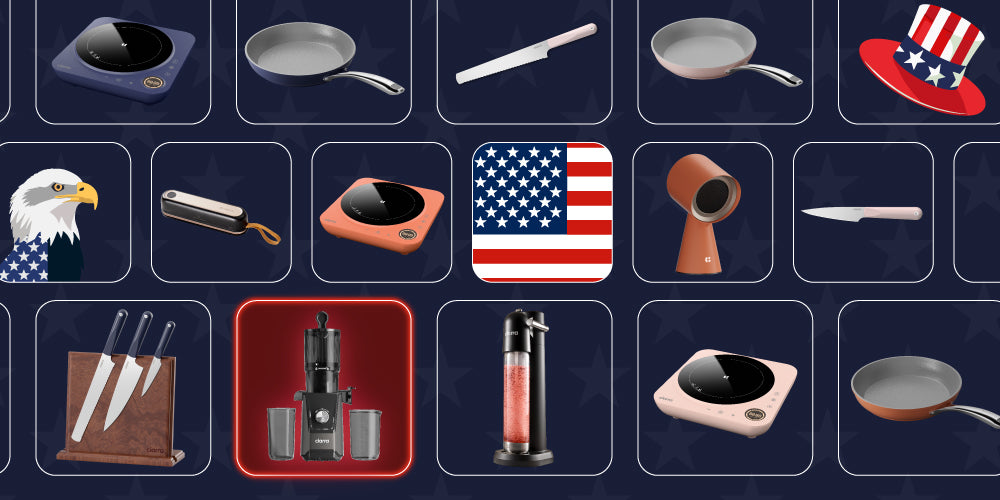
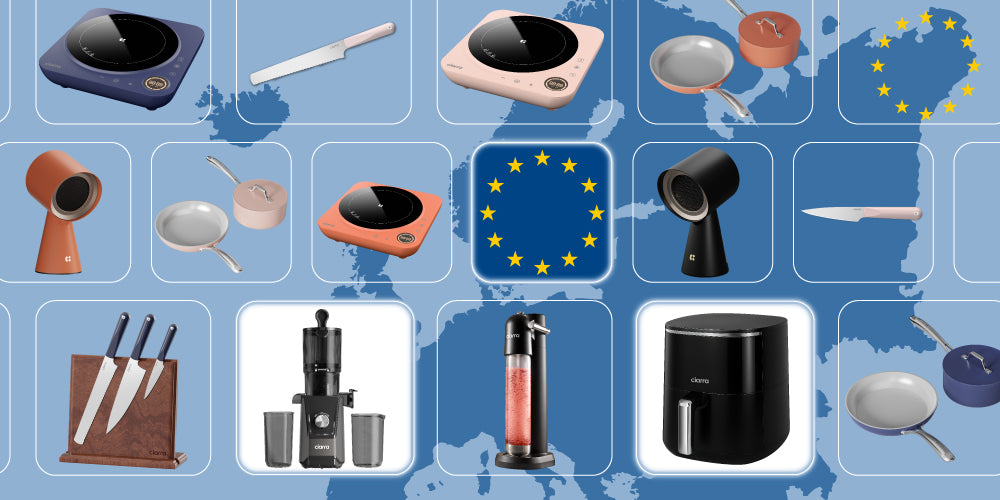
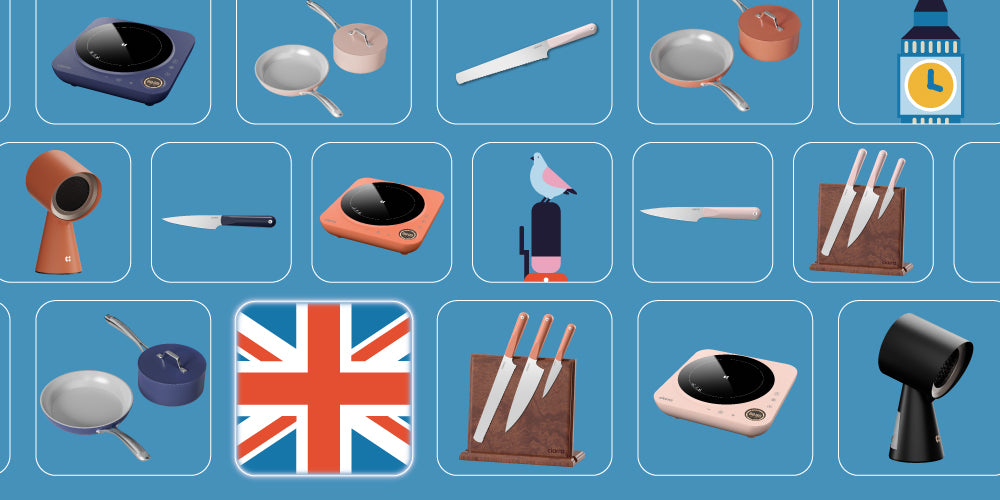
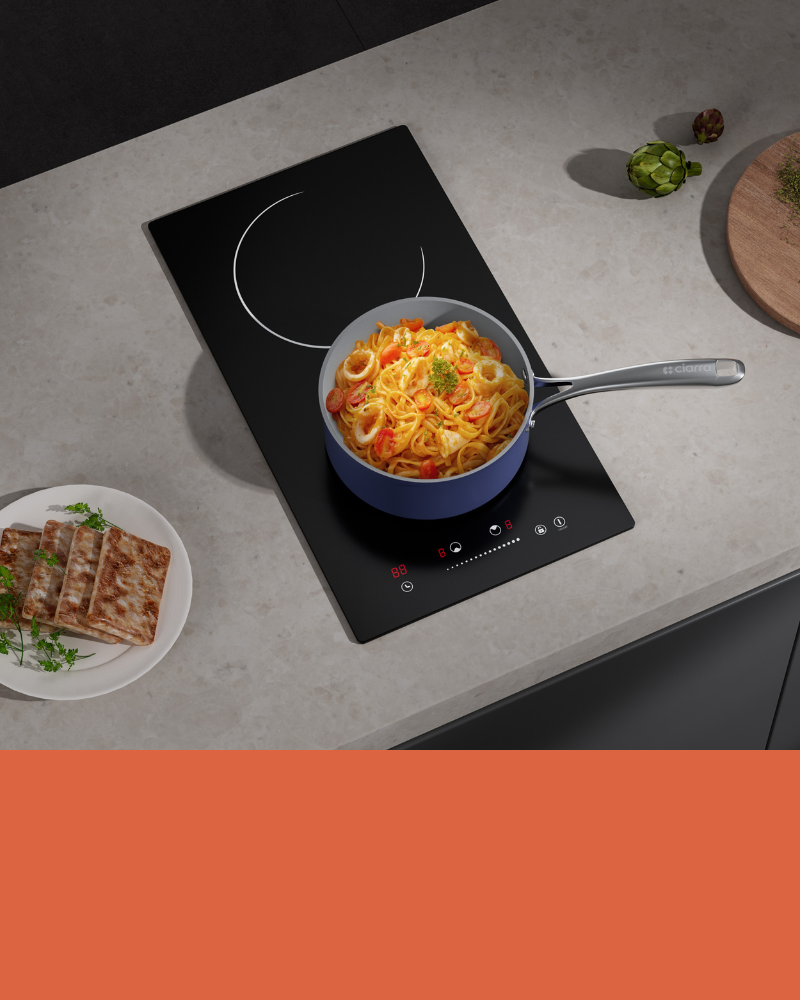
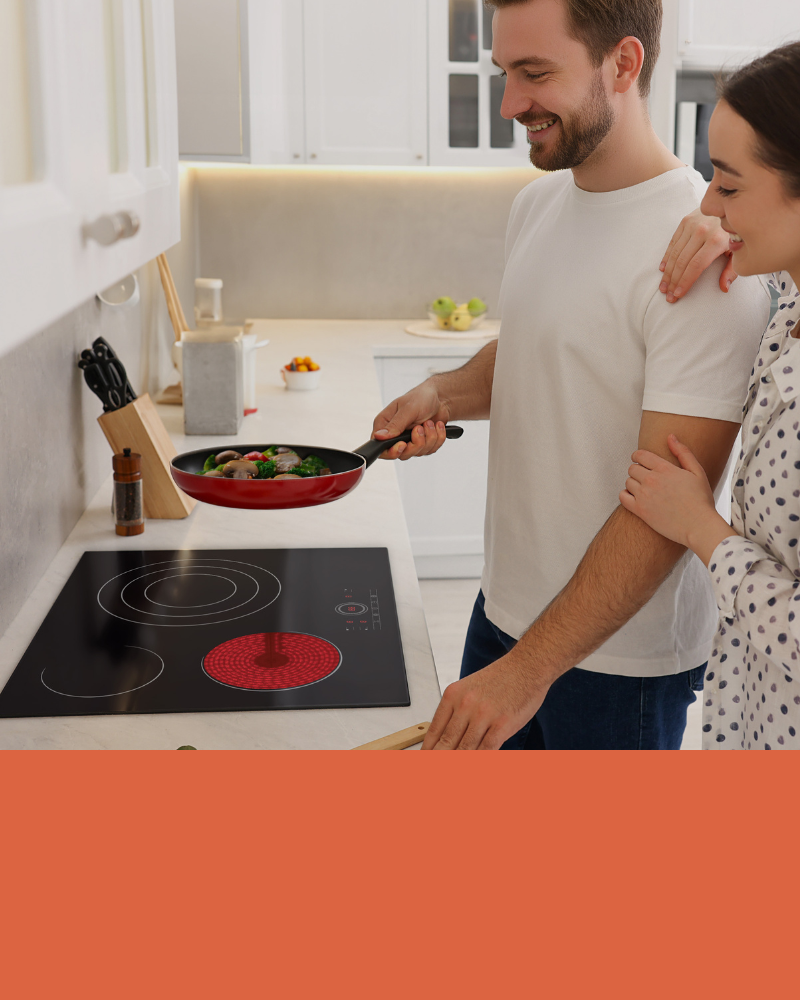
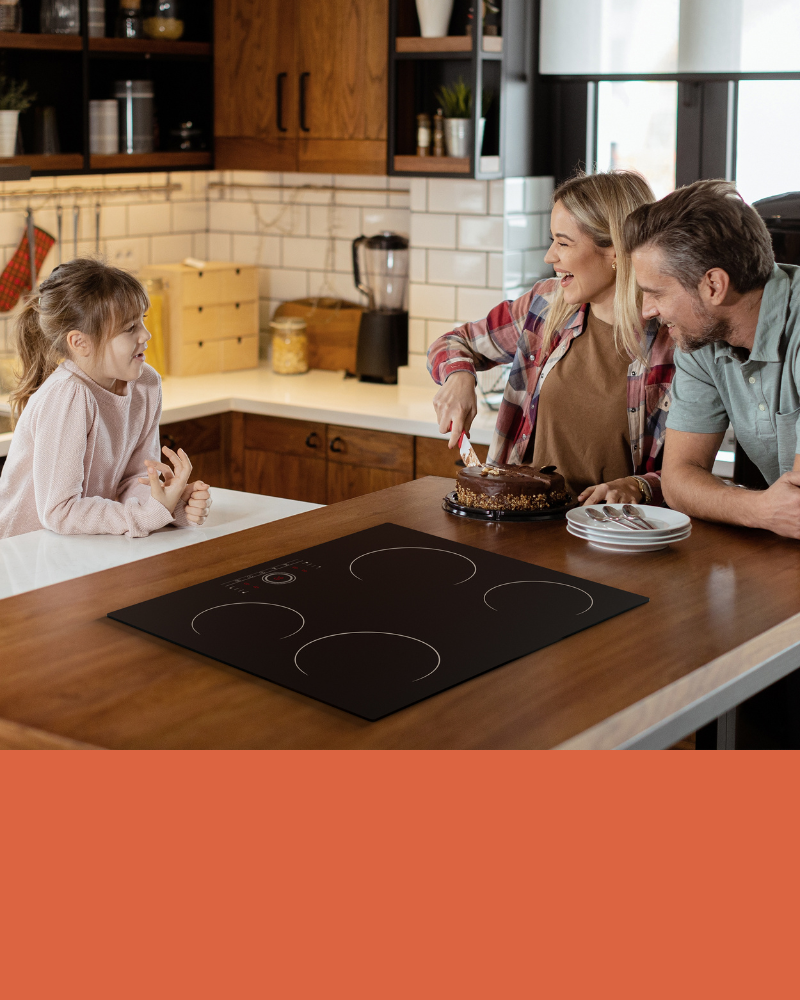
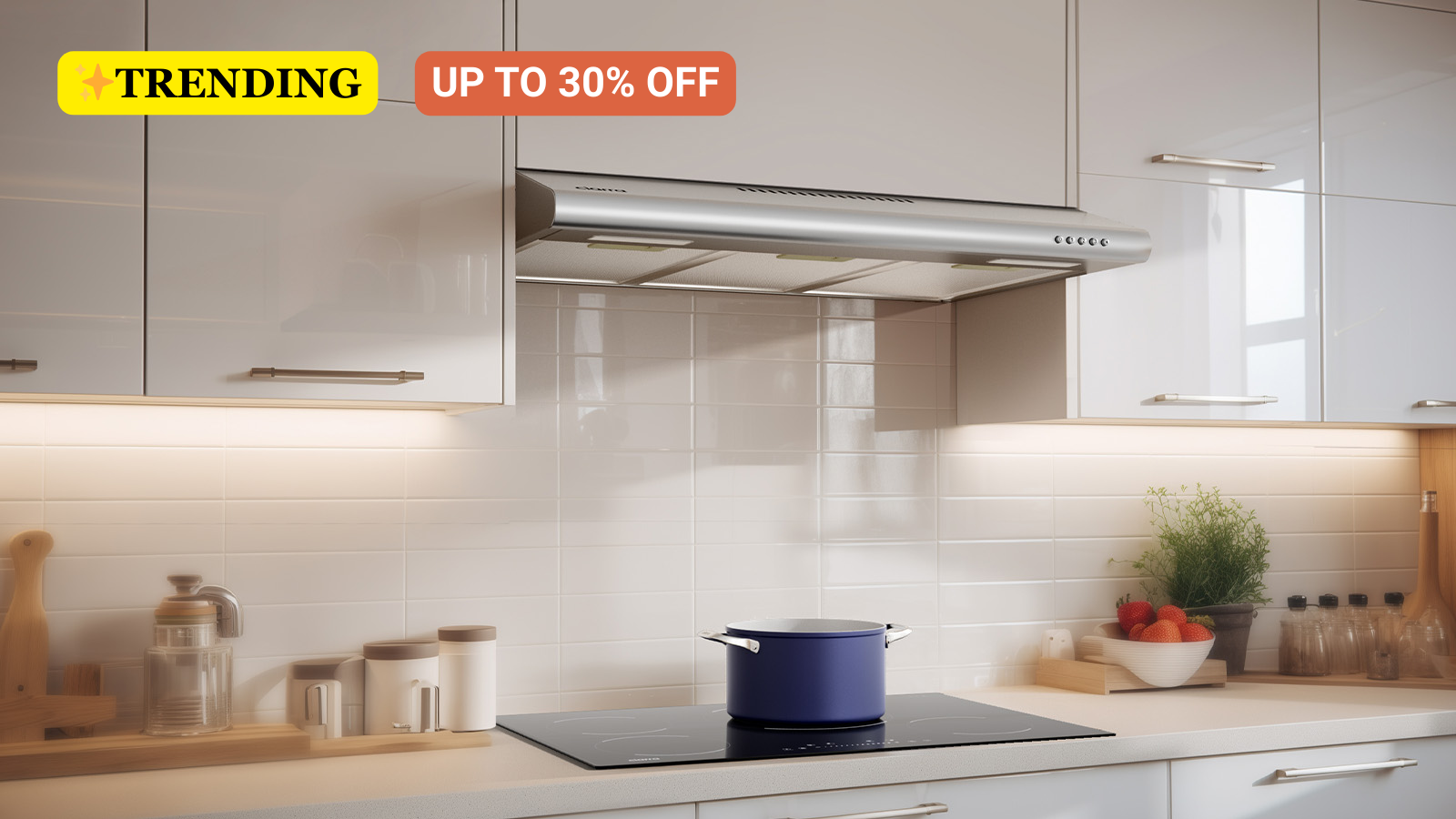
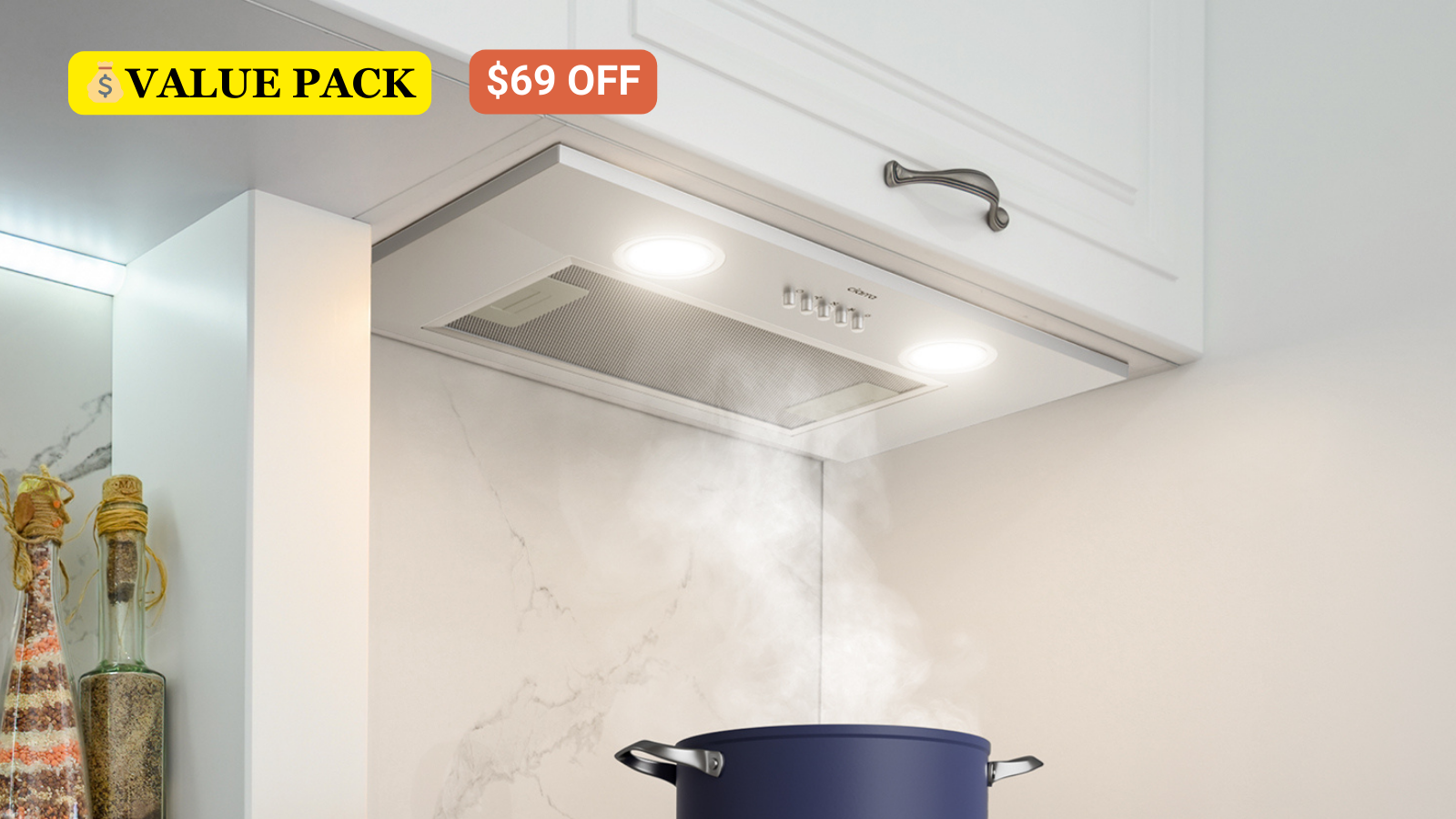
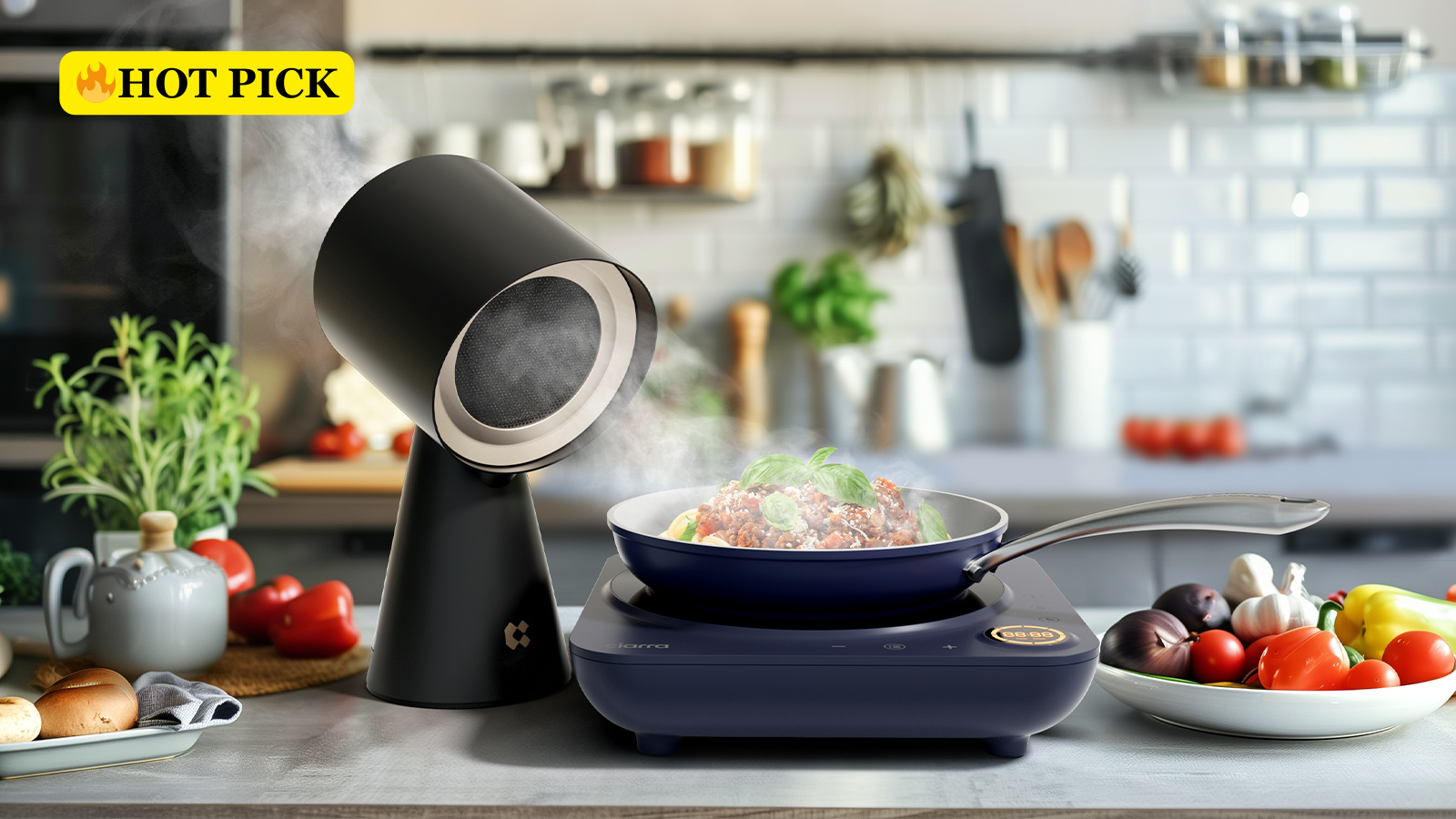
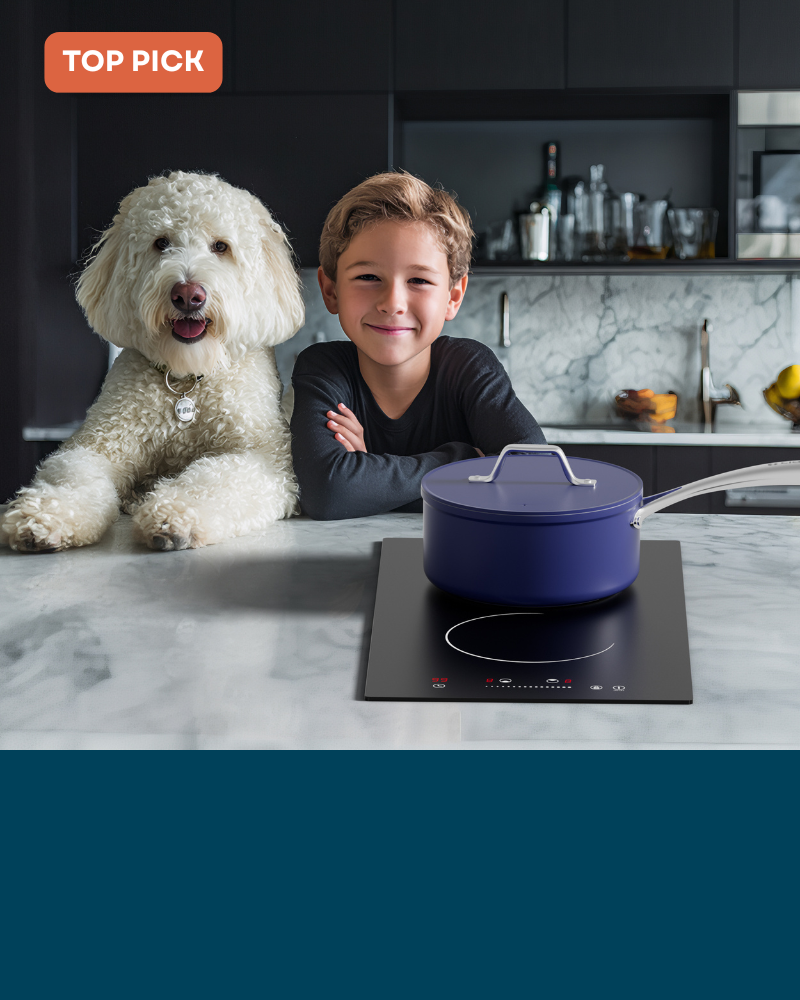
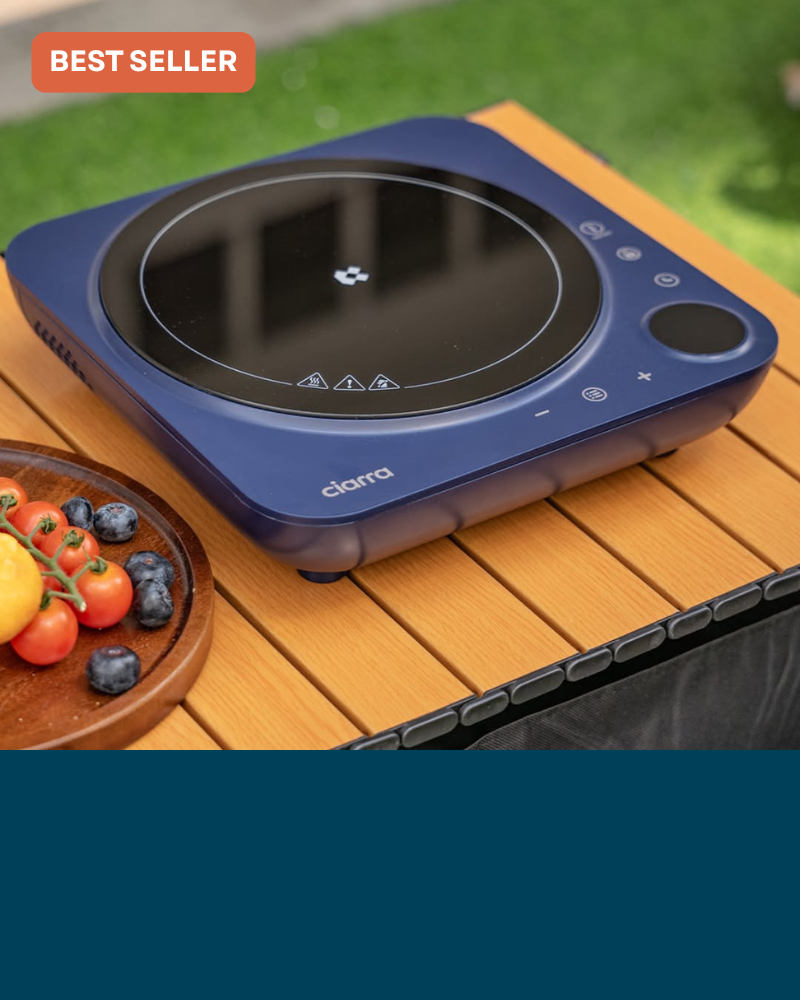
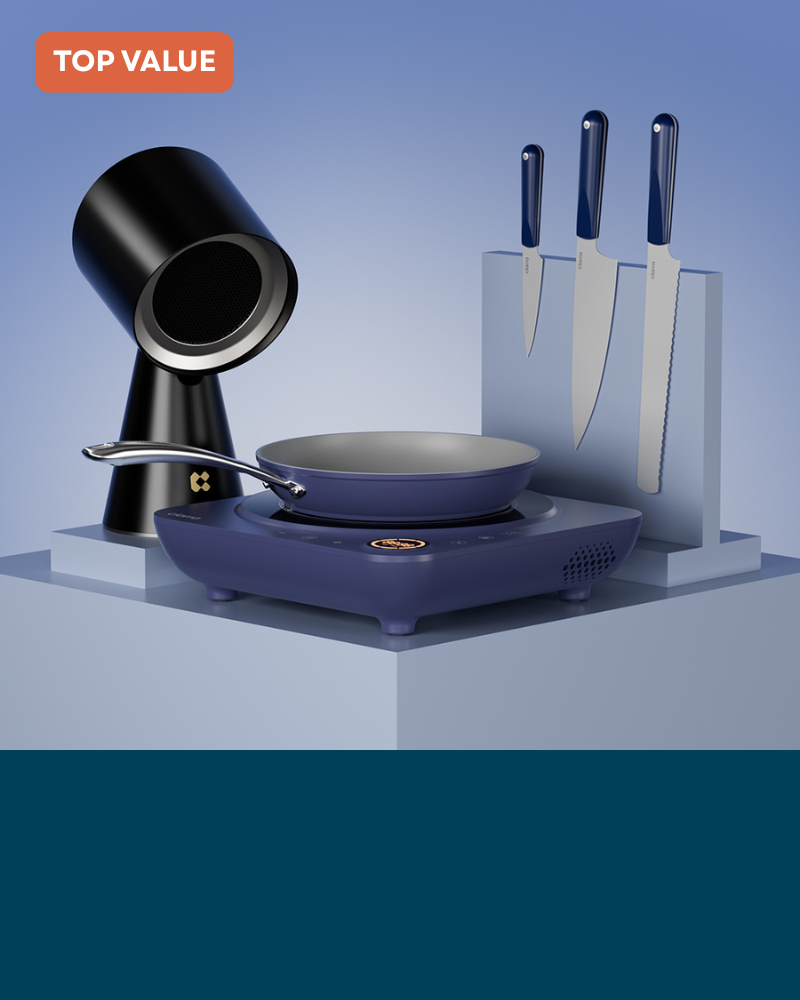
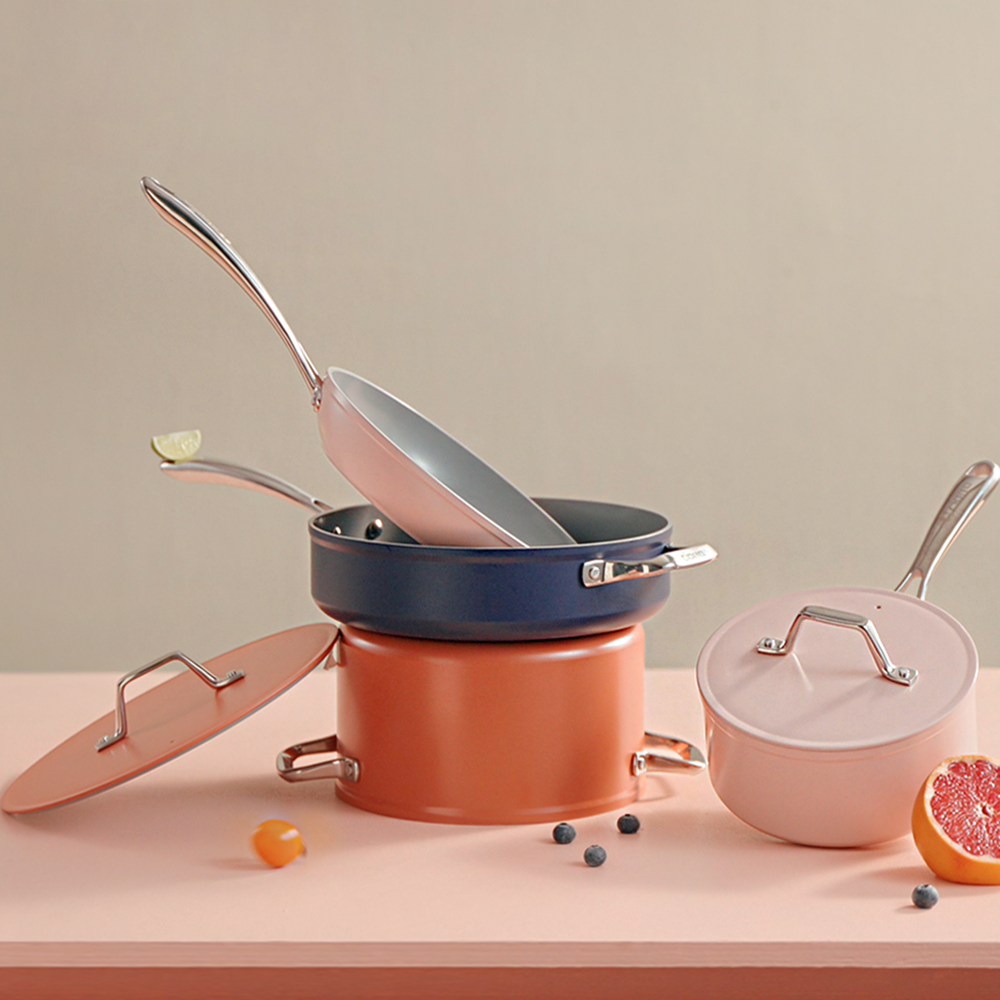
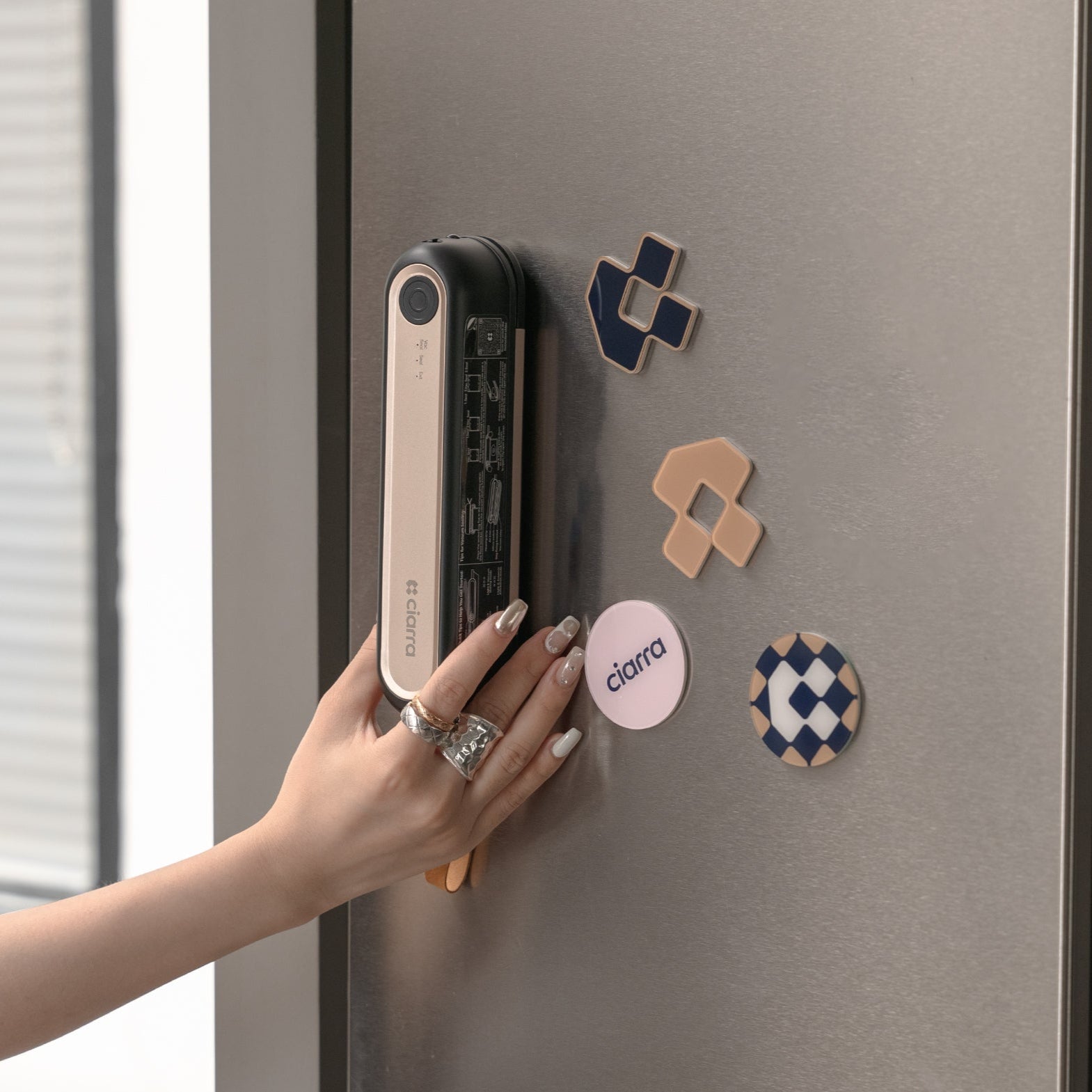
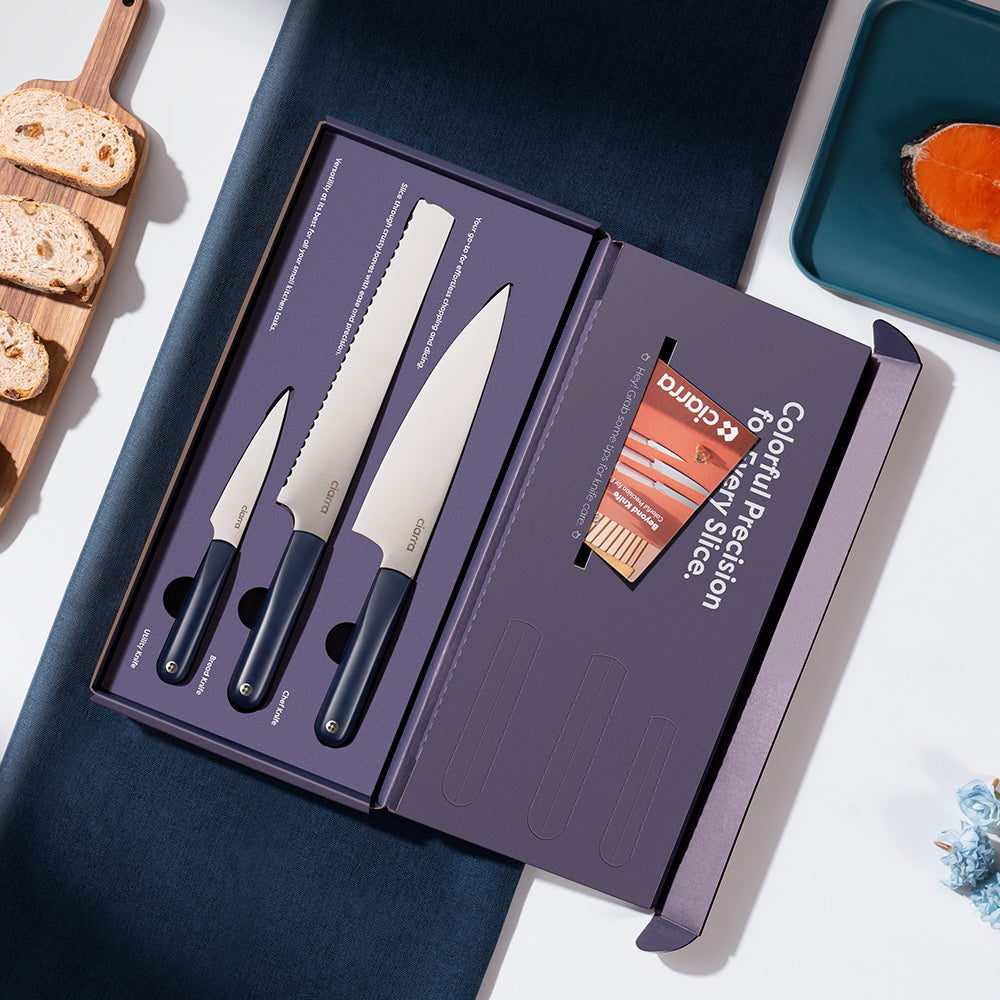

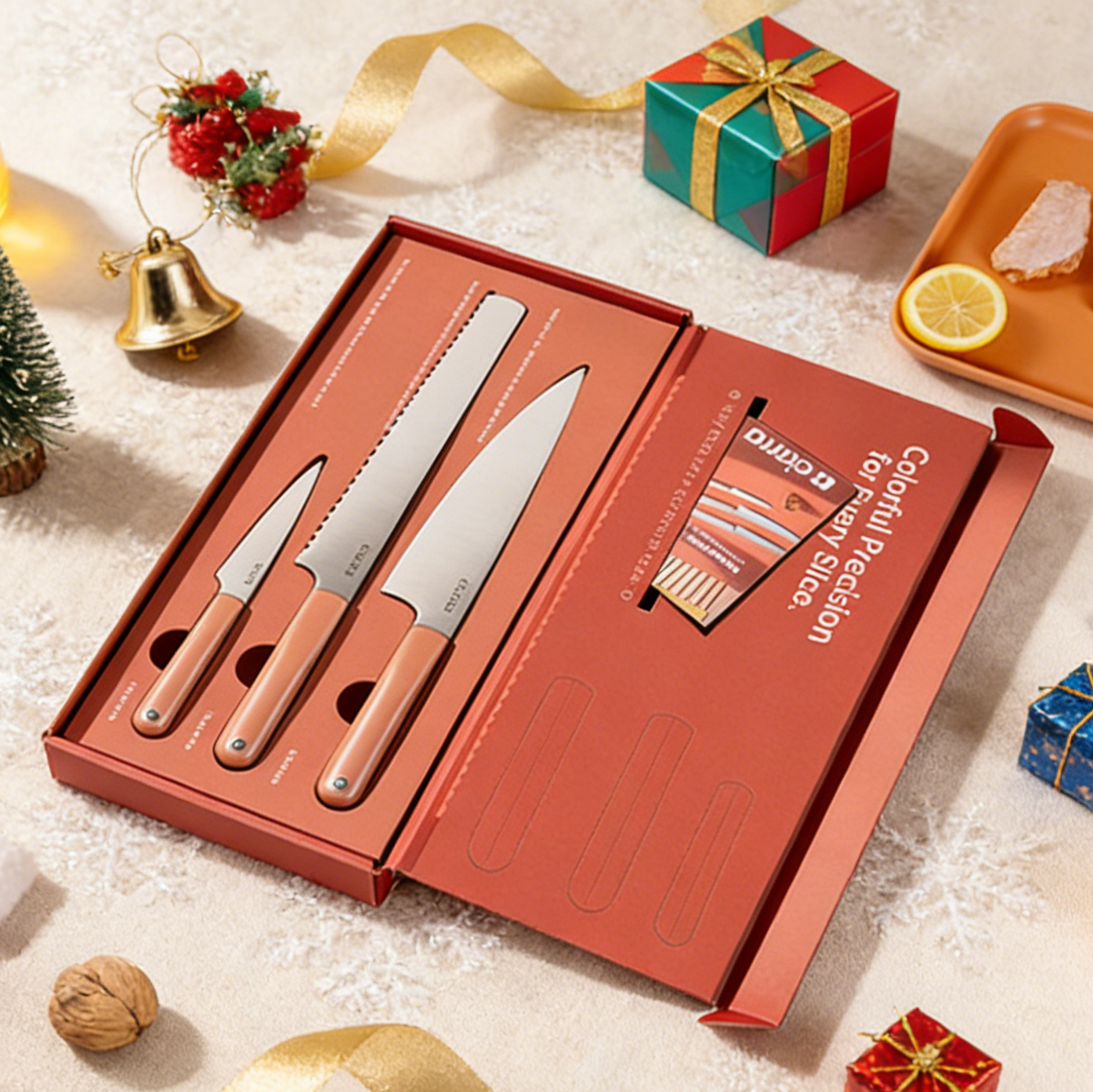
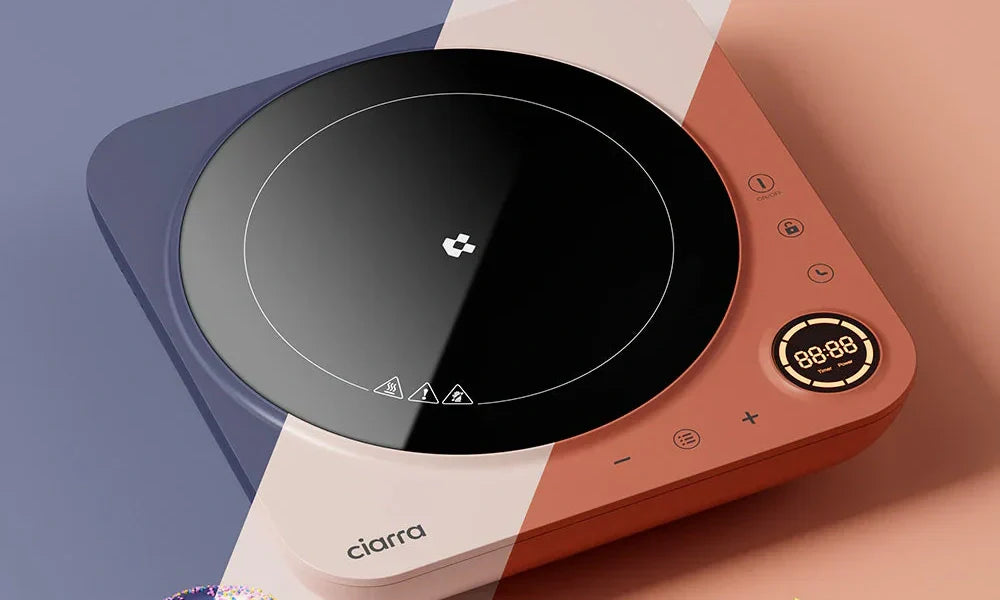
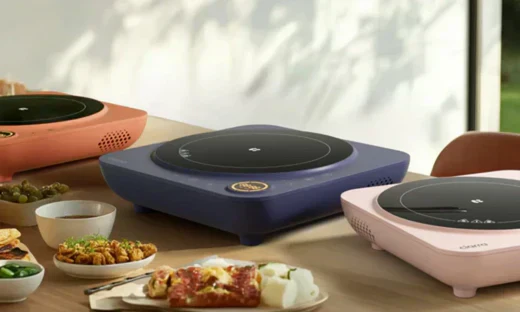
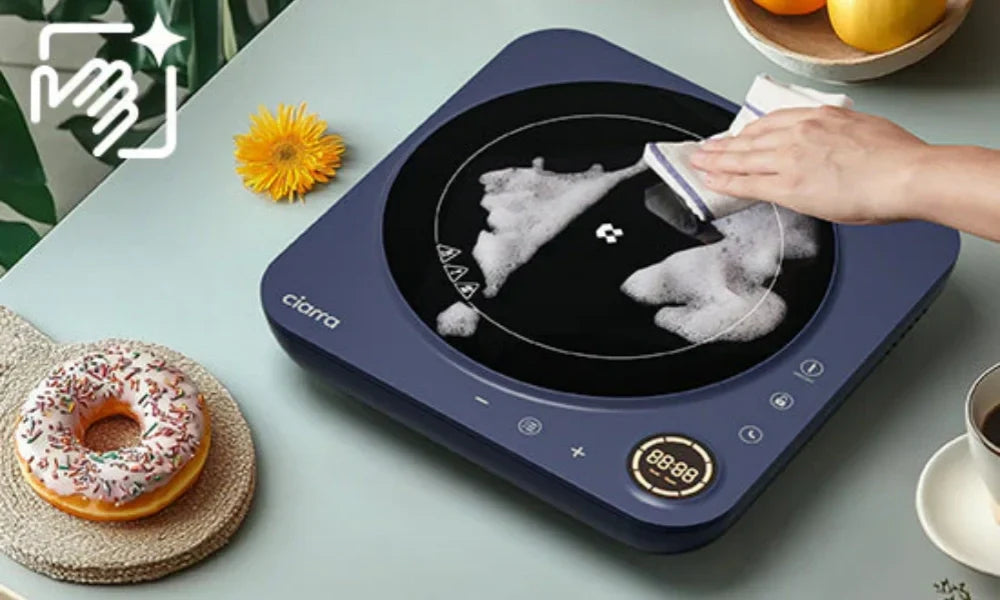
Leave a comment
All comments are moderated before being published.
This site is protected by hCaptcha and the hCaptcha Privacy Policy and Terms of Service apply.